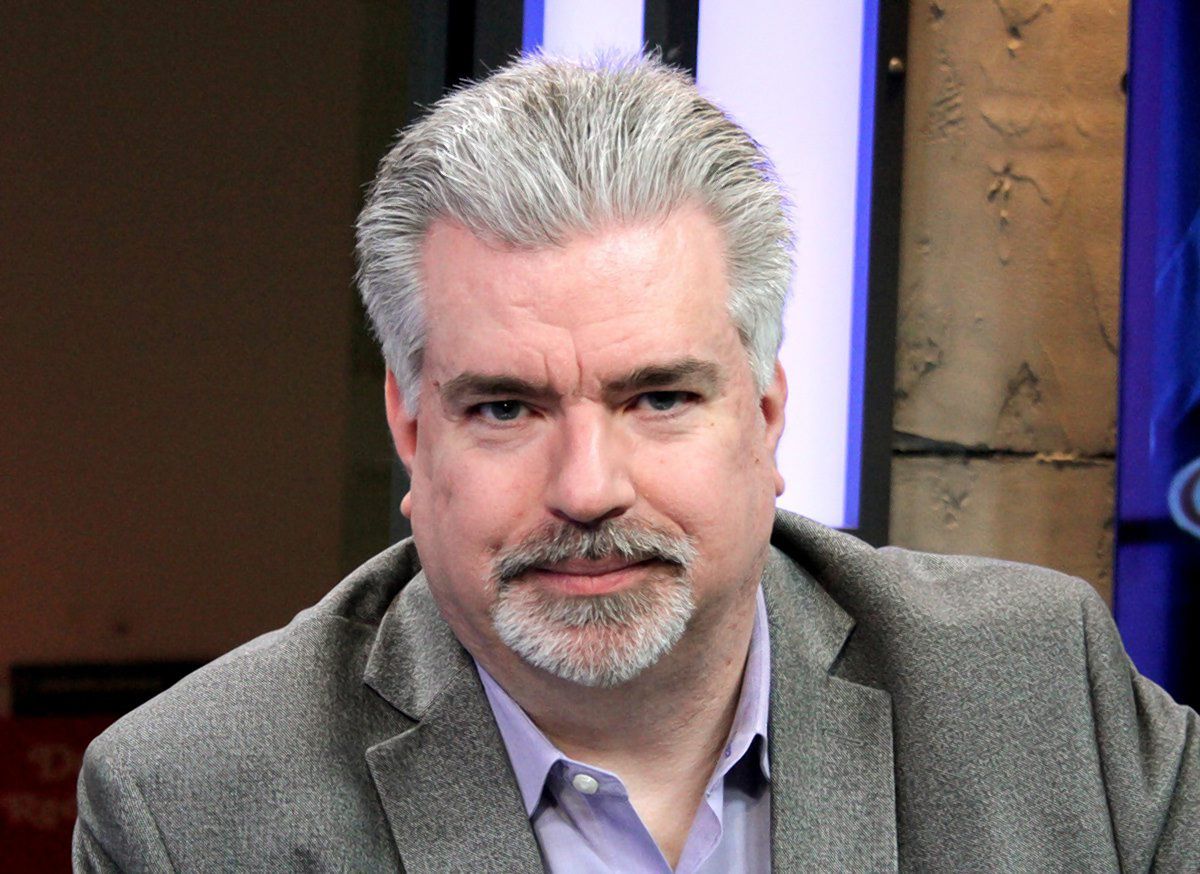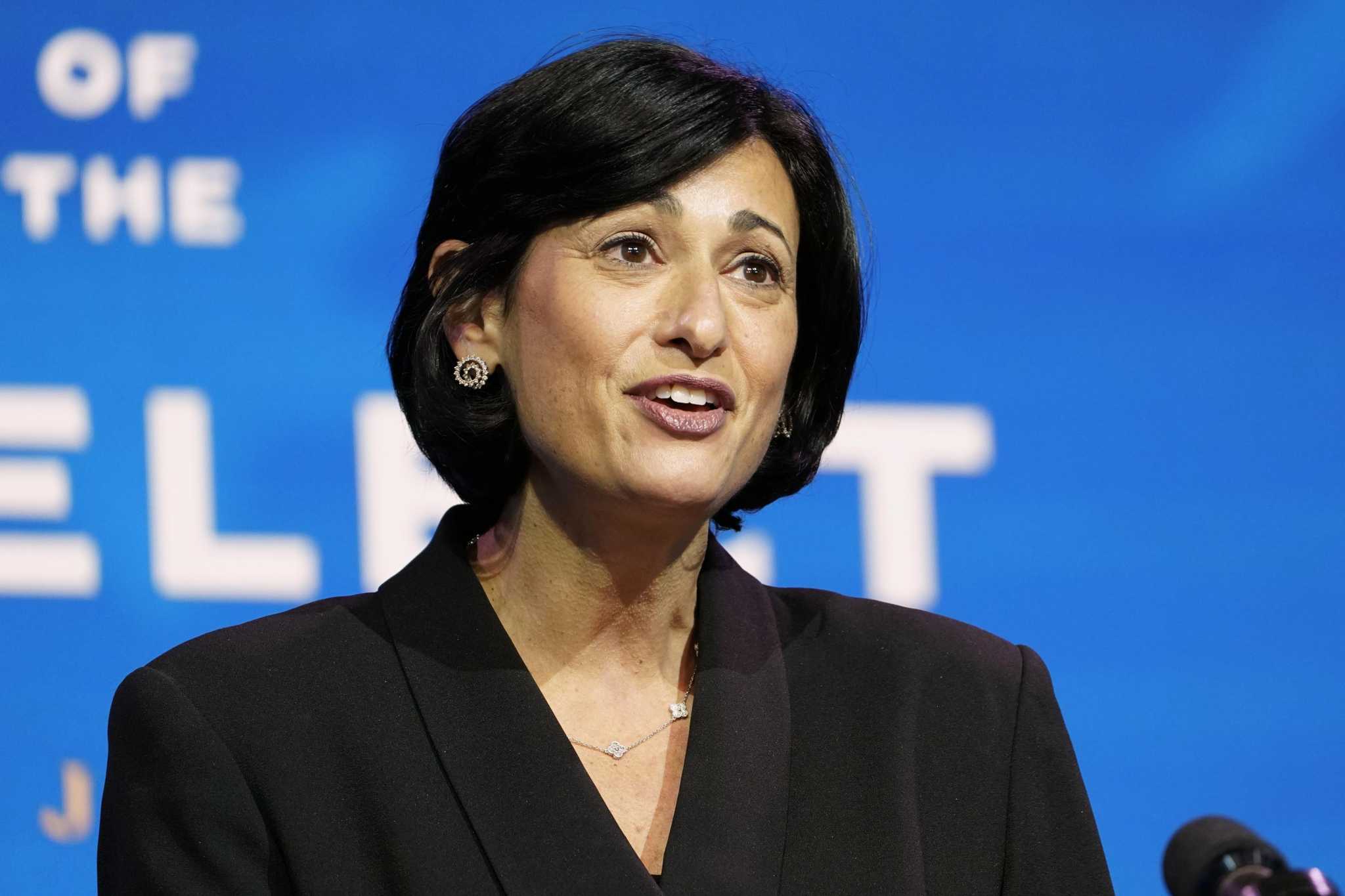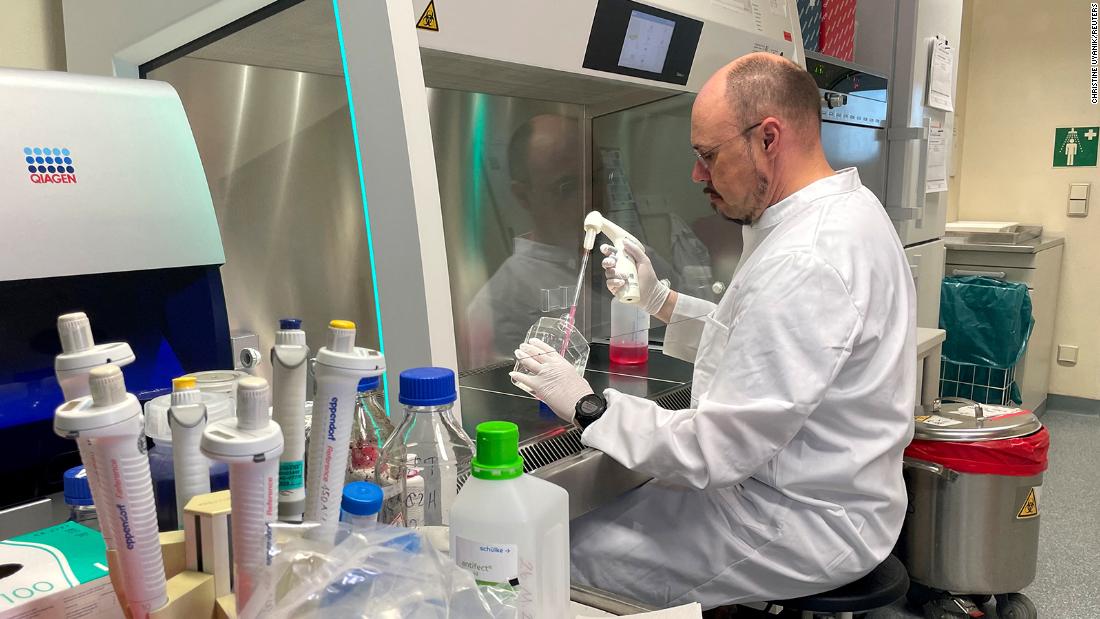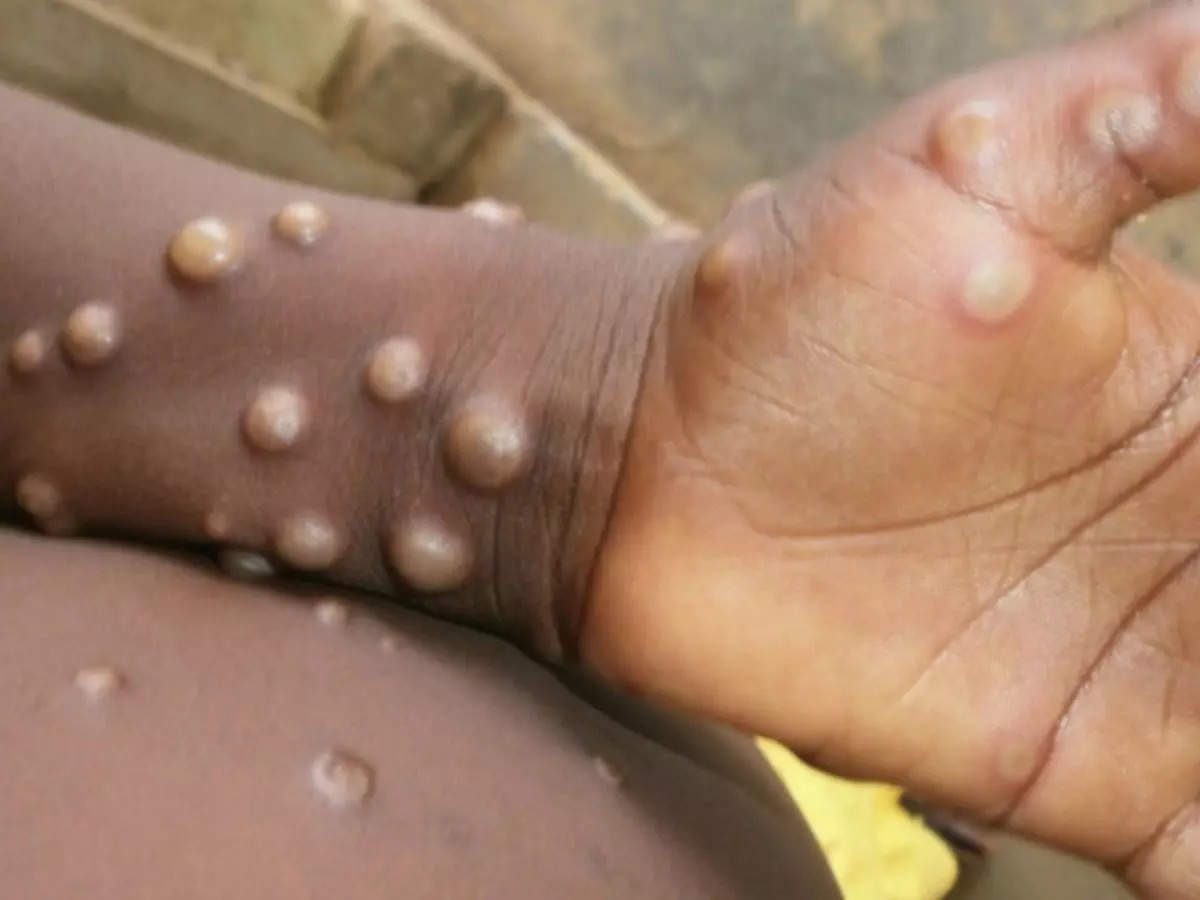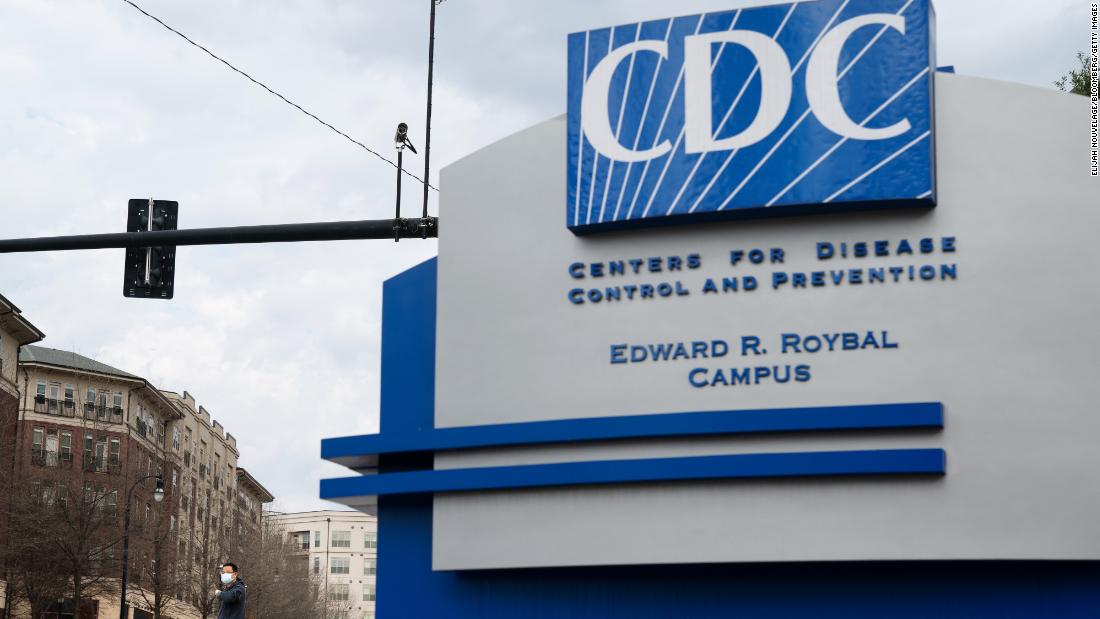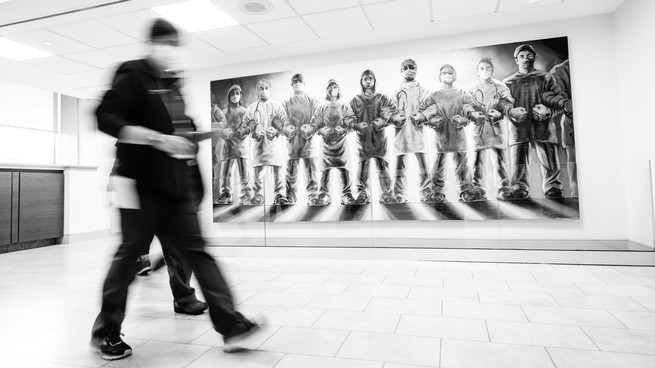Some of the problems I’ve written about before: Even in quieter periods, health-care workers are scrambling to catch up with backlogs of work that went unaddressed during COVID surges, or patients who sat on health problems and are now much sicker. Those patients are more antagonistic;
verbal and physical assaults are commonplace. Health-care workers can also
still catch COVID, keeping them from their jobs, while surges elsewhere in the world create supply-chain issues that keep hospitals from running smoothly. All this, on top of
two years of devastating COVID surges, means that health-care workers are so exhausted and burned out that those words have become euphemisms. In trying to describe his colleagues’ mental state, Plante brought up
Migrant Mother—the famous photo from the journalist Dorothea Lange, which captured unimaginable hardships in a single haunting expression. “That look in her eyes is what I see in folks who’ve been on the front lines,” Plante told me.
Enough health-care workers—
nurses, in particular—
have quit their jobs that even when hospitals aren’t deluged, the remaining workforce must care for an unreasonable number of patients over longer hours and more shifts.
In a survey of nearly 12,000 nurses, conducted by the American Nurses Foundation this January, 89 percent said that their workplace was short-staffed, and half said the problem was serious. Worse, almost a quarter said that they were planning on leaving their jobs within the next six months, and another 30 percent said they might. Even if just a small fraction of them follow through on their intentions, their departure would heap more pressure upon a workforce that is already shouldering too much. “There’s a palpable concern that this can’t be our new normal,” Beth Wathen, president of the American Association of Critical-Care Nurses, told me.
The problems are substantial and numerous enough that “if this moment was occurring without the horror of the moments that preceded it, we’d be shocked,” Lindsay Ryan, a physician at UC San Francisco, told me. “The calamity of the last years has numbed us to the calamity of the present moment.”
America’s current pandemic strategy is predicated on the assumption that people can move on from COVID, trusting that the health-care system will be ready to hold the line. But that assumption is a fiction. Much of the system is still intolerably stressed, even in moments of apparent reprieve. And the CDC’s community guidelines are set such that by the time preventive actions are triggered,
high levels of sickness and death will be locked in for the near future. For many health-care workers, their mental health and even their commitment to medicine are balanced on a precipice; any further surges will tip more of them over. “I feel like I’m holding on by a thread,” Marina Del Rios, an emergency physician at the University of Iowa, told me. “Every time I hear a new subvariant is coming along, I think:
Okay, here we go.”
During the Omicron surge, Kelley Cabrera, a nurse based in New York, watched three patients die in a single shift. While zipping another in a body bag, “something in me broke,” she told me. “I told my friend, 'I cannot do another shift like this again.’” She couldn’t sleep; when she did, she had nightmares about work. Once the surge abated, she quit her job, and now does short-term travel contracts. “When we’re in the middle of a trauma, our brain has this incredible capacity to go into survival mode," Mona Masood, a psychiatrist who founded
a support line for physicians, told me. "It’s only afterward, when we let go of that, that there’s this surge of grief, sorrow, anxiety, and fear.” In those moments of calm,
many health-care workers decide they’ve had enough.
The resulting staff shortages are especially acute in rural areas. Kelly McGrath, a chief medical officer in Idaho, told me that the two hospitals where he works will have lost eight of their 20 physicians by the end of the summer—and despite intense efforts, he has struggled to replace any of them. Meanwhile, one of the hospitals normally has a full staff of 13 registered nurses and has turned over 21 since the pandemic began. And the hospitals still have to care for about 28,000 people spread across an area the size of Massachusetts. “Workforce was always a challenge in rural health care, but we’ve gone from a challenge to a crisis,” McGrath told me. “I’ve never seen anything like it.”
COVID itself depletes the depleted workforce further by periodically taking out waves of health-care workers. Being vaccinated, those workers mostly incur mild or moderate symptoms, but must nonetheless stay away from medically vulnerable patients. (Mild infections can still put them at risk of long COVID, too.) This means that COVID can still hammer the health-care system even without sending a single person to the hospital. “The choice to lift all restrictions means that anyone who lives in the community will get COVID more—and that includes the workforce that takes care of patients,” Kathleen McFadden, a chief resident at Massachusetts General Hospital, told me. She had just recovered from a bout of COVID, during which already stressed colleagues had to fill in for her.
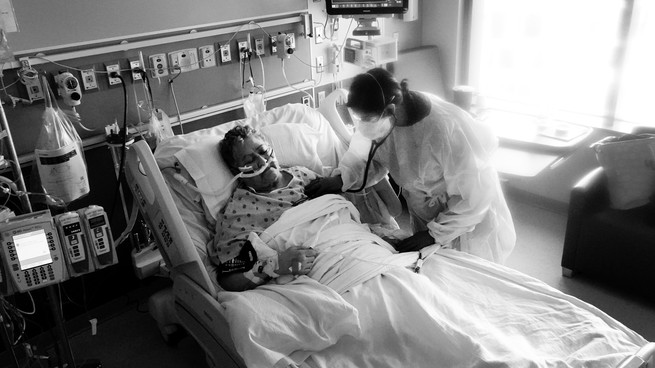
Even when missing people can be replaced, missing knowledge cannot. The pandemic pushed many veteran health-care workers into early retirement, lowering the average experience level in American hospitals. “I don’t think the public really understands how great the loss of this generational knowledge is,” Cabrera told me. In her current job, she had just four days of orientation, which she describes as “shockingly short,” from some people who had been in the ER for less than a year. When inexperienced recruits are trained by inexperienced staff, the knowledge deficit deepens, and not just in terms of medical procedures. The system has also lost indispensable social savvy—how to question an inappropriate decision, or recognize when you’re out of your depth—that acts as a safeguard against medical mistakes. And with established teams now ruptured by resignations, many health-care workers no longer know—or trust—the people at their side. “In an industry where our communication has to be spot-on and effective, that’s a setup for unsafe conditions,” Lisa Zegan, a patient safety officer based in Maryland, told me.
The health-care workers who’ve stayed in their jobs also face several long-term problems that the pandemic exacerbated. Hospitals still depend on a just-in-time economy, and brittle international supply chains that regularly snap in the COVID era. The Shanghai lockdown precipitated a
global shortage of contrast fluids, which are used in medical imaging like CT scans and MRIs; hospitals are postponing scans and the surgeries that depend on them. “We get shortage emails popping up all the time, and I never used to get these,” Lindsay Ryan told me. Hours before we spoke, she got an email warning of a crucial shortage of concentrated saline—essentially super-salt, which is used to treat severe electrolyte abnormalities. “When you need it, you
need it,” Ryan said.
These staffing and supply problems are all happening at a time when “our hospital capacity is running high due to folks catching up on care and other needs,” Nathan Chomilo, a pediatrician and health-care leader based in Minnesota, told me. And now, in some places,
flu and other respiratory viruses that had been almost completely suppressed by widespread masking are back in force. People who were infected with COVID in past surges are returning with
heart failure,
diabetes,
respiratory problems, and
lingering symptoms of long COVID.
Absurdly, it’s often hard to get people
out of the hospital, Sara Wolfson, a geriatrician at Nebraska Medicine, told me. Many elderly patients still need care after they’ve stabilized, but it’s hard to discharge them, because long-term care facilities and home-health agencies are
also incredibly short-staffed and unable to accommodate new patients. Some people in Wolfson’s care have ended up staying in the hospital for 40 to 45 days longer than they needed to. These logjams take up beds that are needed for elective surgeries, which hurts a hospital’s bottom line. And such deficits will become more consequential as emergency COVID funding dries up. “Some people may look at the funds as welfare for hospitals, but that money was key to keeping our staff whole while we took big losses,” McGrath told me.
Health-care workers are still providing the best care they can possibly give. But the limits of their best have been severely constrained by a medical system that was stretched thin well before COVID arrived and has been diminished with every surge since. This compounds exhaustion with moral injury—the distress that comes from knowing what good care looks like and being unable to provide it. And when things go wrong, “the hospital isn’t coming in to apologize to patients,” Cabrera said. “We apologize. We face the brunt of everything.” At the same time they are struggling to provide care, they must also handle, for example, people who are annoyed to find hospitals still enforcing visitation rules to protect vulnerable patients. “We’re dealing with very angry people:
I don’t understand, the pandemic’s over, I don’t have to wear a mask,” Wolfson told me. “It piles onto the exhaustion. You get tired of explaining.”
Each fresh challenge layers upon the cumulative bedrock of two traumatic years. Every time McFadden passes a particular room in her hospital, she is yanked back to the spring of 2021. She remembers a patient saying “I’m really, really scared, Kathleen” before having every possible bad complication of COVID and lapsing into a coma from which she has still not awoken. Those words feel like they’re still echoing in the walls of McFadden’s workplace. “That’s one of maybe 50 stories I could tell you,” she said. “I walk past those rooms and relive those memories. The rest of the world has moved on, but you can’t simply move on from your profession turning into trauma day after day.”
These problems are not obvious when looking at bed-occupancy charts or hospitalization curves. The entire health-care system has effectively developed a chronic illness. Its debilitating symptoms are persisting long after its initial acute sickness and affecting every part of its body. And because they are invisible to the outside, they are easy to dismiss. They aren’t accounted for in the calculations that are supposed to keep the country from hurtling back into another, unmanageable bout with COVID.
Health-care workers sometimes feel as if they are living in a different world from those around them. Through the pandemic, they have wrestled with the gulf between the horrors they saw in their workplaces and the casual attitudes they beheld outside. For many, that cognitive dissonance is greater than ever. The relentless surges locked them in a two-year dystopian stasis, from which they are emerging to find that their old lives are unrecognizable. Many callers to Mona Masood’s physician support line have talked about lost friendships and imminent divorces. “We were holding back this wall, and it gave everyone a chance to keep going and get through,” Masood said. But that created a chasm between health-care workers and the rest of society—a pattern that Masood also hears among veterans returning from war. “I feel distanced from my outside-of-hospital friendships,” Marina Del Rios told me.
Alejandra Villa Loarca / Newsday RM / Getty
Some health-care workers have turned toward one another, finding solace in the camaraderie that comes from facing trauma together. “For those that remain, there’s that band-of-brothers-and-sisters feeling,” McGrath told me. Others doubled down on the idealistic sense of mission that first got them into medicine. McFadden feels less burned out on days when she spends
more time at patients’ bedsides, rather than staring at electronic medical records. “Making other people feel human in the hospital reminds me of the humanity still deep inside me,” she recently tweeted.
But for a third group, the only way out is to pull away—by quitting, moving to less stressful roles, or shifting to temporary work. “I was putting so many other people’s needs ahead of my own, which is what nurses tend to do,” Cabrera told me. But eventually, “there was this realization: I don’t have to be this miserable.” Worryingly, this group includes much of health care’s next generation. In the American Nurses Foundation’s recent survey, nurses under 35 were twice as likely to report burnout as those over 55, and more likely to be planning on quitting.
Many hospitals are now facing an unenviable bind. Without chances to recover from the past two years, more people will leave, and the staffing crisis will deepen. But for many people, recovery means doing less—at a time when institutions need their workers to do more. “For health-care workers, that’s not our problem; that’s the system’s problem,” Masood told me. “When you say
burnout, you’re blaming people for feeling a very normal outcome of being put in a situation that’s depleting us of our energy and humanity. When a house catches fire, we don’t say it was burned out. We say it was burned down, and then we look for the source.” For too long, the U.S. has relied on the “individual grit” of its health-care workers, Jennifer Sullivan, an emergency physician who runs strategic operations for the South’s Atrium Health system told me. Its challenge, now, is to create a health-care system that’s as resilient as the people in it have been forced to be.
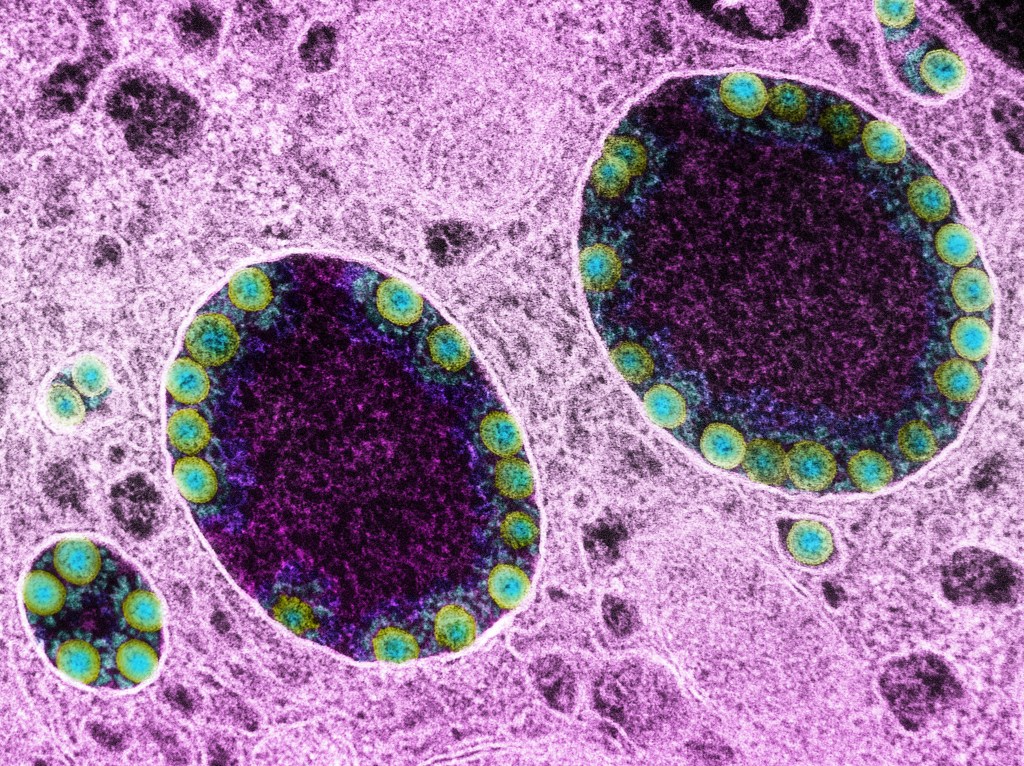
 deadline.com
deadline.com




